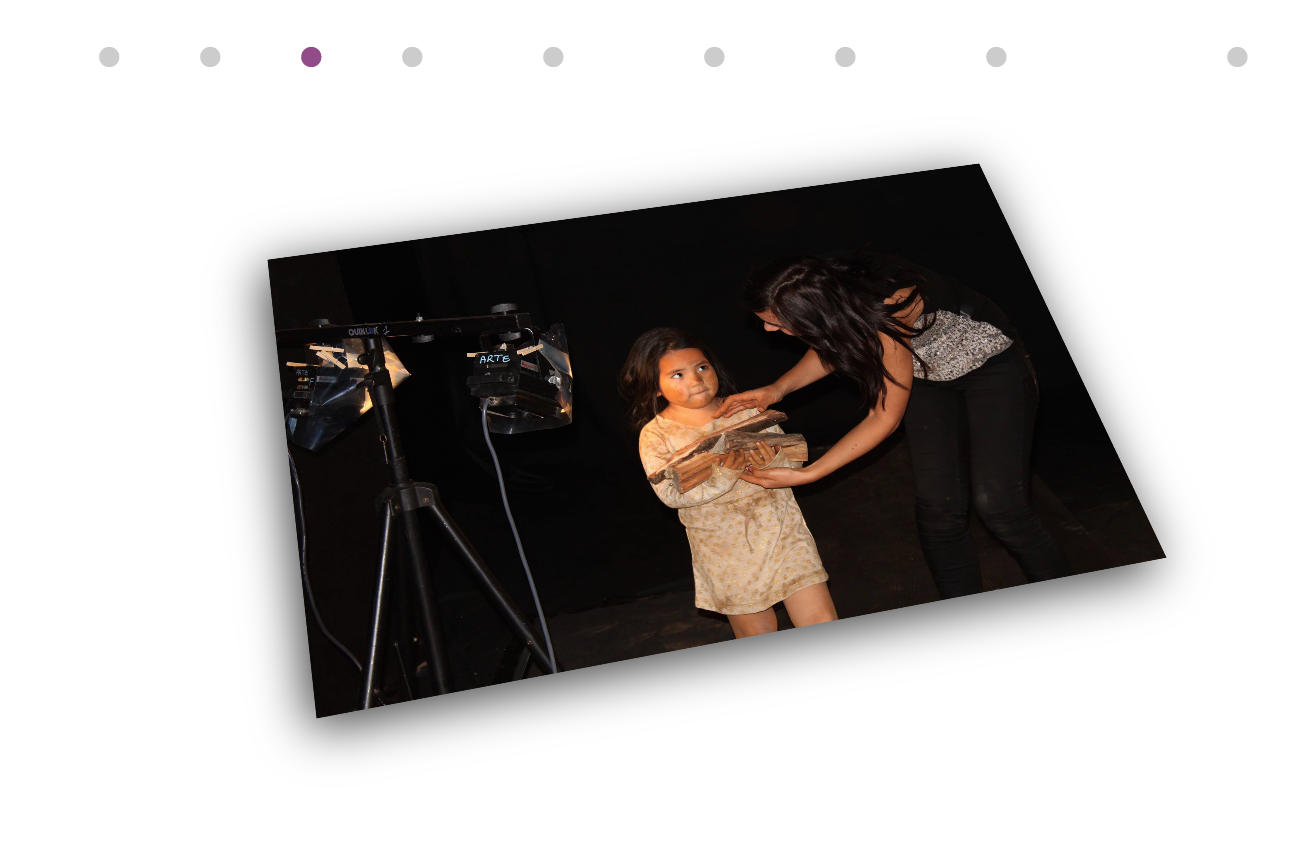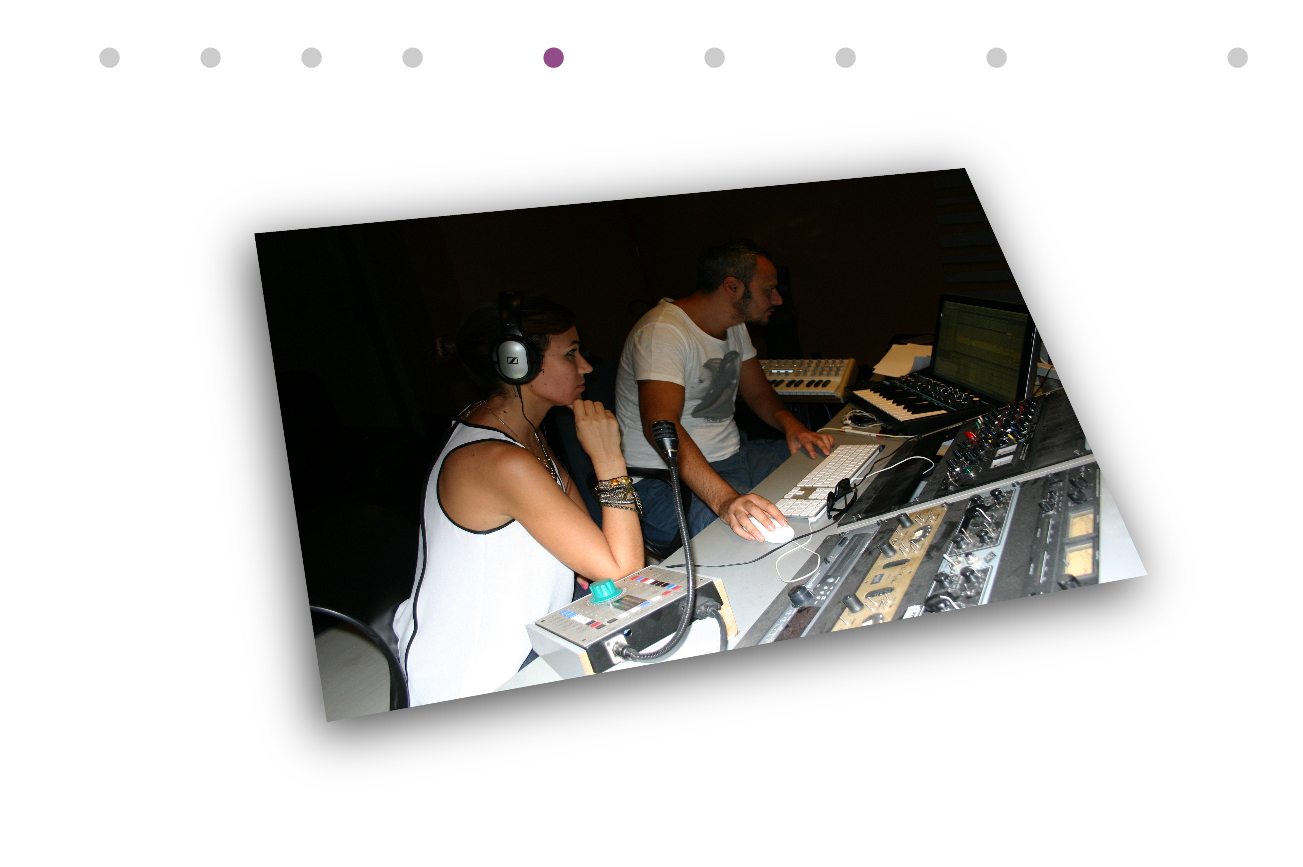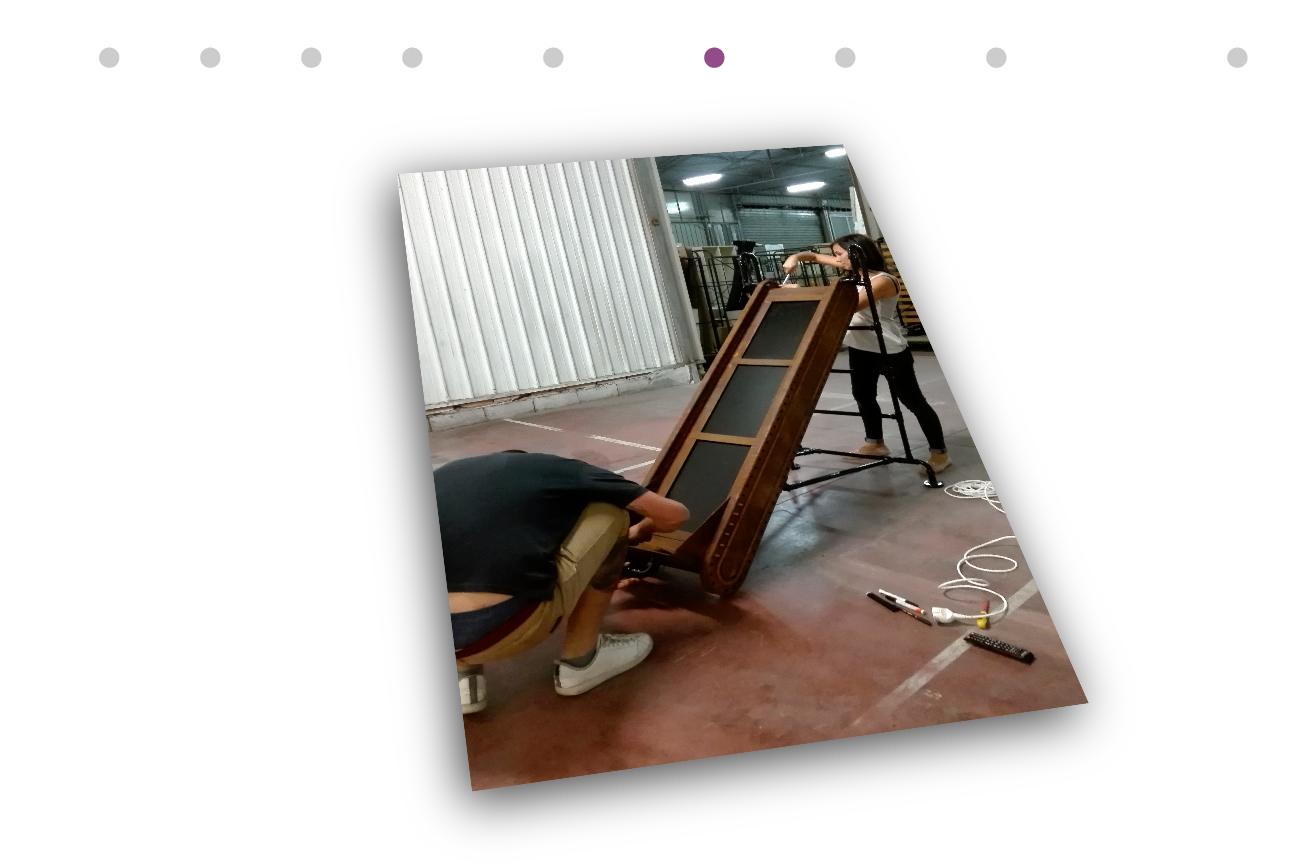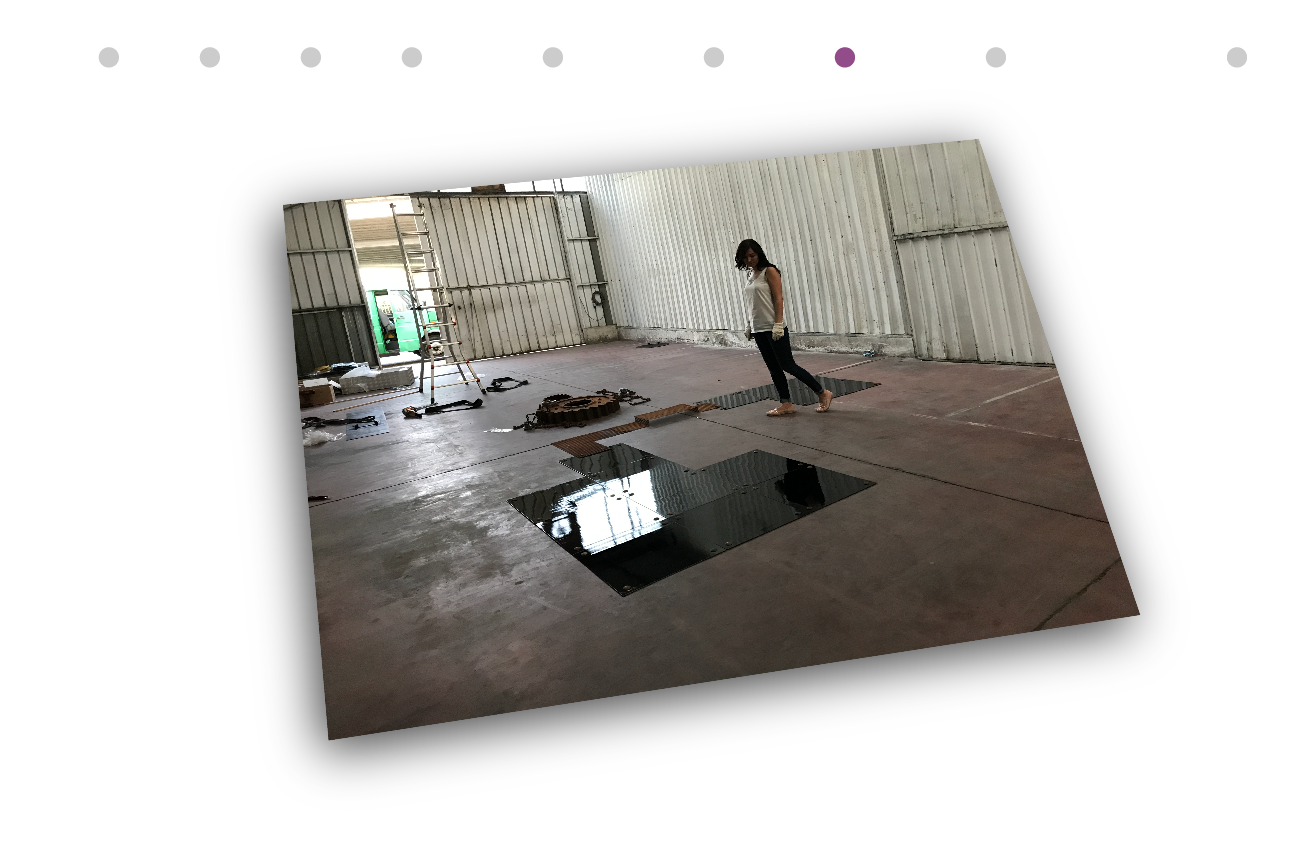NEW MEDIA
Her first series of multimedia art, S.O.S. CODE, presented in 2014 following extensive research and experimentation with LED lights, features a brand-new technique defined by the artist as ‘dynamic light box’, where the figures move and constantly transform through a sort of optical illusion created by the changing position of the embedded LED light. The soundtrack complements the visual aspect, and at the same time provides spectators with a multisensory approach to the topic.
The reworking of holographic techniques (Popcorn Machine) and the use of embedded monitors (Cream Hand Mixer) are at the heart of the KINDERGARTEN cycle of installations, presented in 2017, along with a variety of materials such as Cor-Ten steel, painted iron and plexiglass.
KINDERGARTEN
The three installations that make up the cycle take their names from the various machines that produce food enjoyed by children in parks: the Popcorn Machine, which makes corn explode, used for the installation on children martyred in wars, the Cream Hand Mixer, a mechanical mixer that turns endlessly, like the children exploited at work in the second installation, and finally the Cotton Candy Maker, a candy floss machine that references the sad veil of the many child brides sold as if they were objects.
S.O.S. CODE
The title S.O.S. CODE is taken from the famous Morse code ‘s.o.s.’, commonly taken to mean ‘Save Our Souls’, a message sent to convey an urgent request for help. The flashes of light in the various works in the cycle transmit the themes of each installation in Morse code; the specific requests for help, or for understanding, on which the artist wants the public to reflect, bearing witness to a collective journey that affects us all as human beings.
Workflow
Click arrows or slide images to see the steps to create the final artwork.













Comments ( 0 )